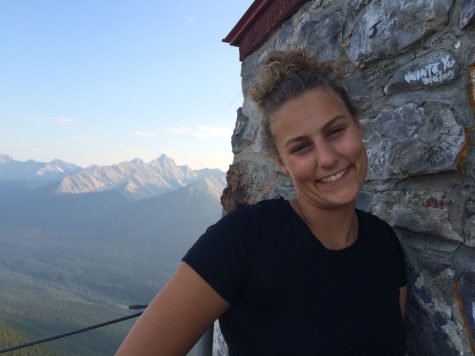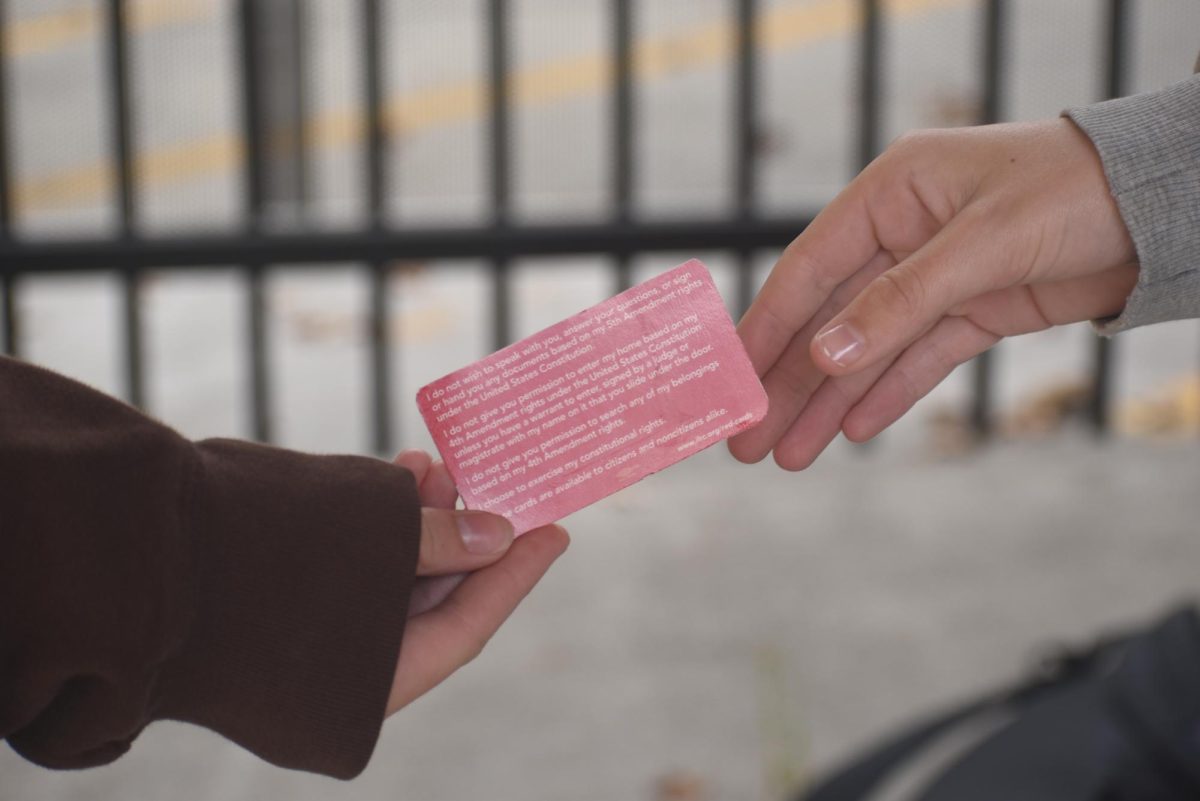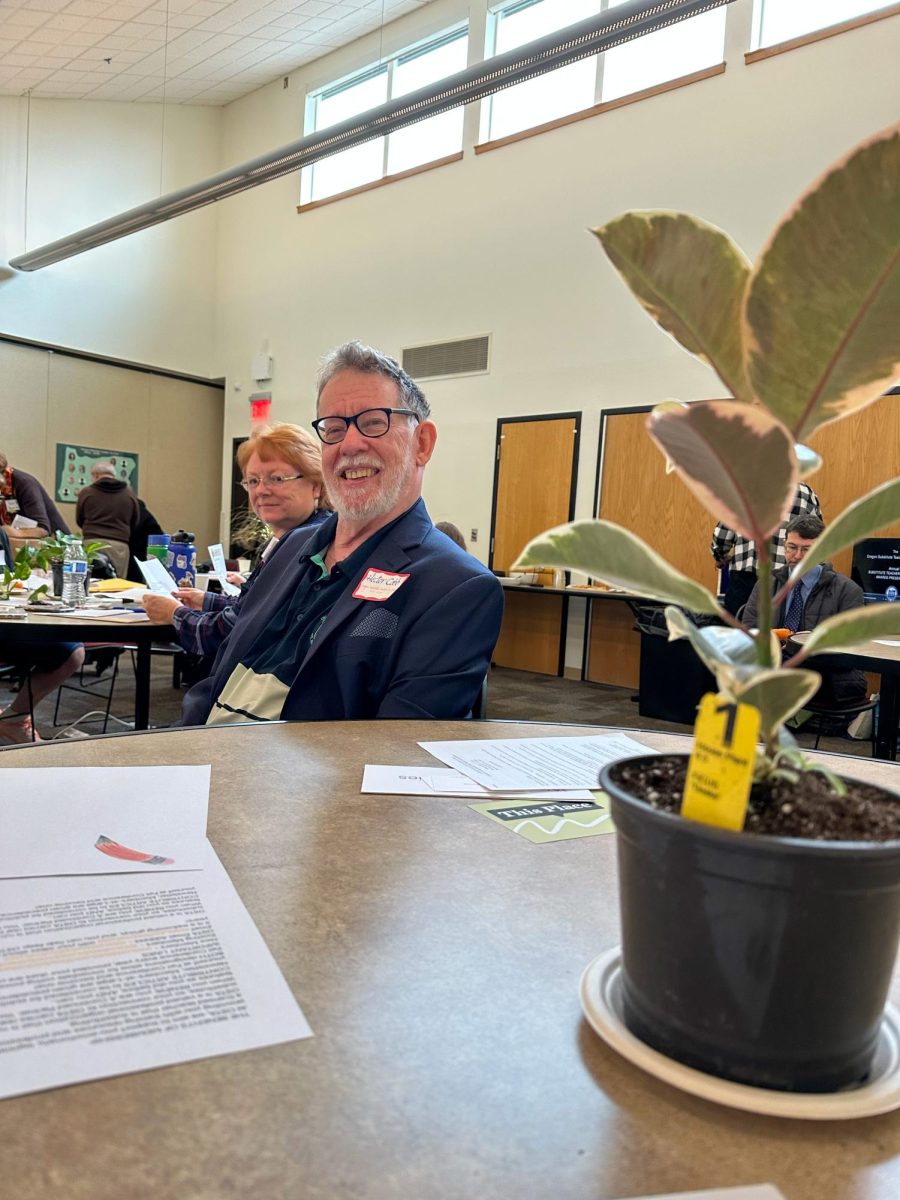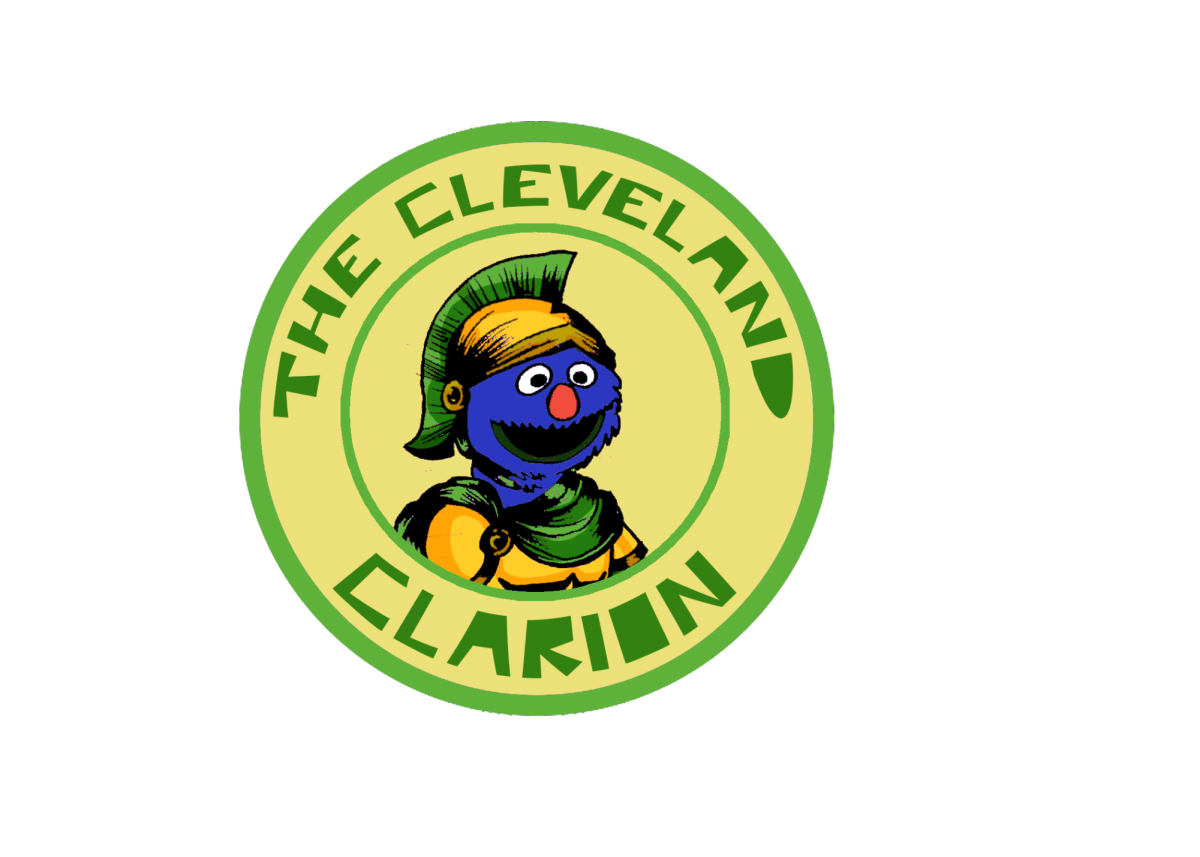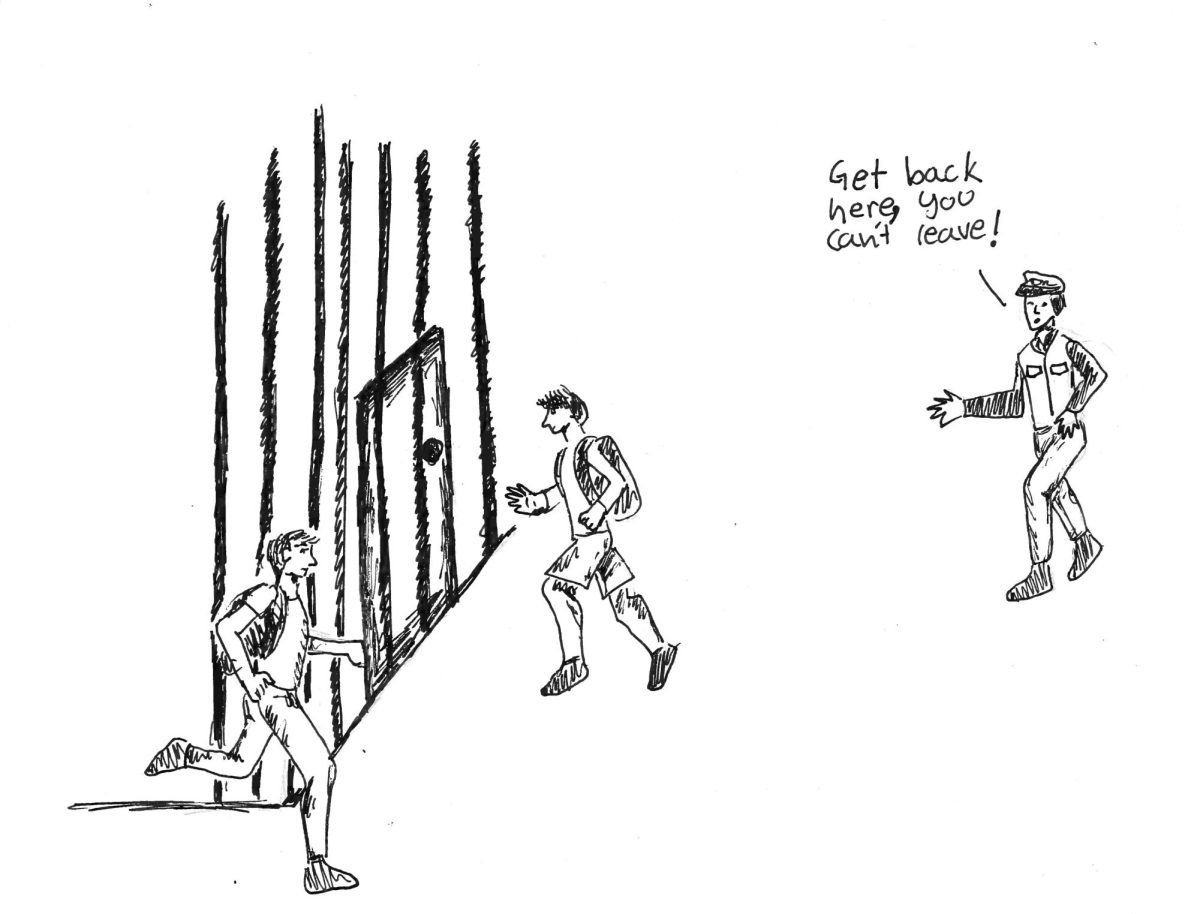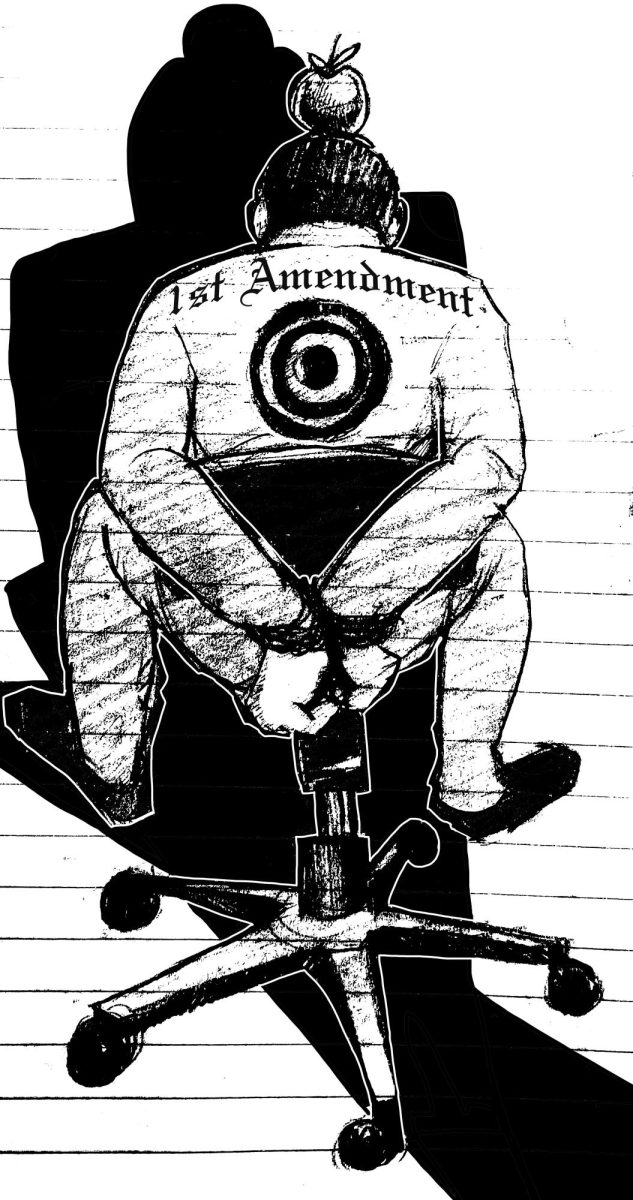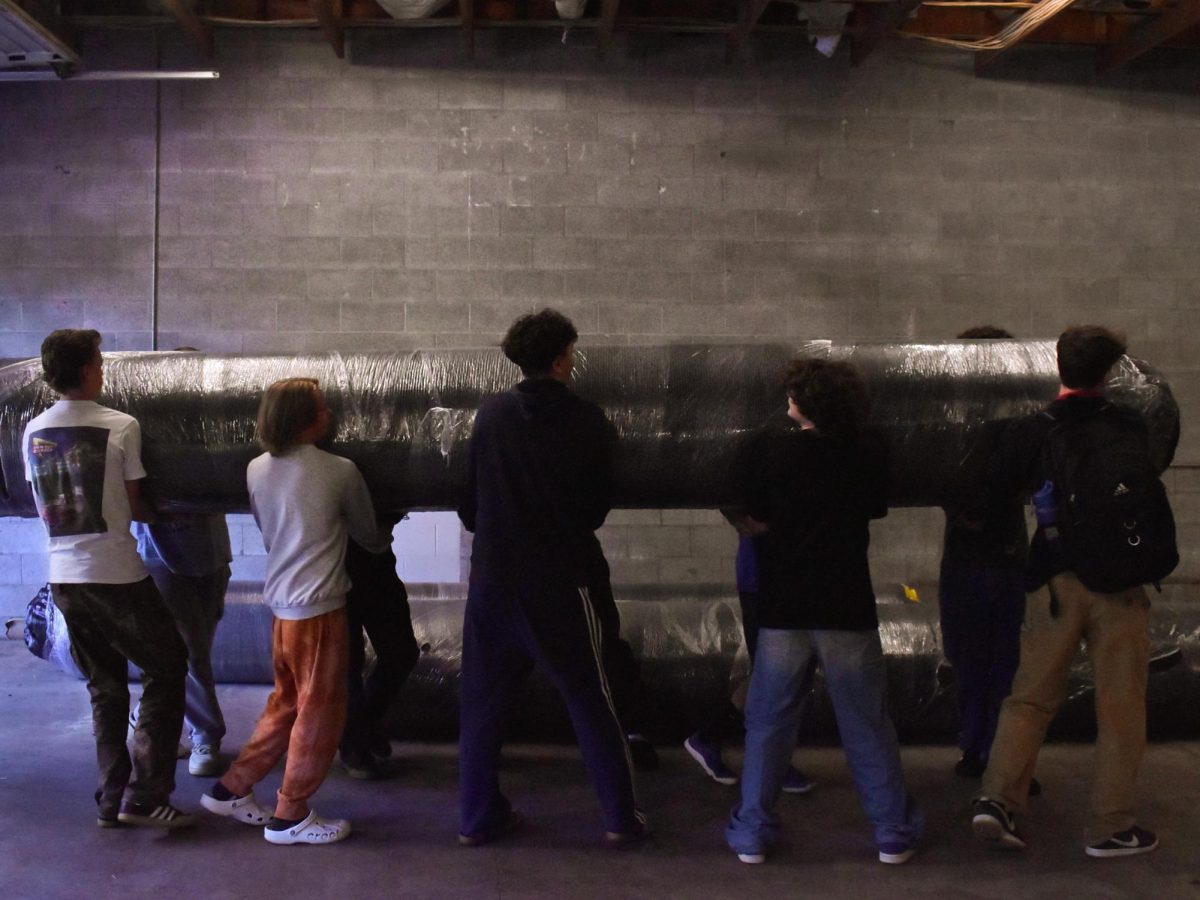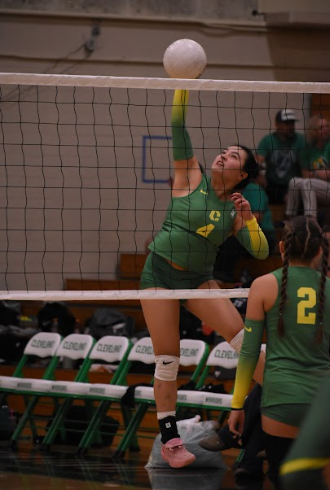Racial Affinity Clubs: Women’s Voice on Race
The presidents of four race-based clubs speak out about how they can empower and support students of color at Cleveland.
December 12, 2017
“My name is Paris Davis and the race I identify with is Mixed. I am Larae Ellenwood and I am Native American from the Nez Perce, Black Feet and Seneca tribes. I am Nia Williamson and I identify as Taiwanese and Native American, from the Nez Perce tribe. I am Carolina Gomez and I identify as Latina and Hispanic. I’m Erica Luu and I am an Asian American that is three fourths Chinese and one fourth Vietnamese. I am Thida Lam and I identify myself as Asian, half Cambodian and half Vietnamese.” These six students are behind Cleveland’s influx of racial affinity clubs this year and act as a president or co-president of their individual clubs.
A racial affinity club is a space created by students of color to foster conversations about identity and enact change within an institution. This year, more clubs of this nature have formed than in recent years, which Jan Watt, special projects coordinator, attests to as student interest, and an idea that there are either multiple race-based clubs, or none at all each school year.
Erica Luu, junior, and Thida Lam, sophmore, are co-presidents of Asian Student Union (ASU), after the club’s two year hiatus, which meets every other Wednesday at lunch in Anne Dierker’s room (113). Currently, Erica and Thida are leading conversations about the effect Hollywood has on Asian communities when they use white actors to portray Asian characters, as well as current events surrounding immigration and the repeal of DACA. In May, they hope ASU can attend the Asian American Youth Leadership Conference at Concordia University, which aims to “help Asian American youth rise above the obstacles before them and achieve their potential by promoting education, instilling self-confidence, and developing leadership skills,” as presented in their website mission statement.
Erica explained, “Community is the basis of everything and once you have a connection with others your voice can be heard and you can empower each other.”
To develop a stable community, Erica and Thida are bonding their 10- to 13-member group with a goal to “help motivate Asian or Pacific Islander students to speak up so we can be heard,” Thida said. ASU is predominantly devoted to the growth of Asian students, and would like to develop a safe space free of white student’s perspectives.
Black Student Union (BSU) has the same sentiment as ASU. “BSU is a place for all students of color,” Paris, sophomore, said. Fartun Aden, senior, explained, “One of the reasons that students of color feel comfortable with their own group of people is because you feel so much more comfortable being with someone who looks like you, talks like you, and understands your background.” Paris and Fartun are co-presidents of BSU, which meets in Lynne Allers’ room (109) during lunch on Fridays.
BSU, which currently has seven to ten members, is working to develop a safe space for students of color to speak in and be a part of, similarly to ASU. However, Paris explained, “It’s difficult to create this space because of the future BSU wants in helping Cleveland with racial equity. It’s hard for students of color to find a reason to help because they think it won’t happen, that it’s worthless, that it’s not going to help them and so they don’t need to do it, and that their voices don’t matter.” To counteract this idea, Paris said she hoped to impart on her club the notion that, “just because you don’t look like that perfect ‘American,’ that your opinions, your stories, and you matter and that no one can take that away from you. Your voice is yours.”
BSU is working to develop clothing for their members. They look forward to attending the next Step Show, which is a dance performed by African Americans in college fraternities and sororities that tells the story of different African cultures through complex rhythms, clapping, and spoken word, at University of Oregon. Currently, BSU is working on collaborating with other BSU clubs around PPS and fundraising to send students to Selma, Alabama for the re-enactment and celebration of the Selma to Montgomery March. In the weeks before winter break, BSU will also be selling new clothes to the students body for two and three dollars as a fundraiser.
Latinx meets at lunch in Richard Acuna’s room (232) on Wednesdays.“We need more Latino students. Don’t be shy. It’s great to learn about your culture and become more educated and talk to other people who understand you,” Carolina Gomez, junior, and president of Latinx, said.
Currently in Latinx, students are learning about identity in relation to being Hispanic versus Latino/a, music and dance, and the social and political climate in the United States. Latinx creates a space to discuss the stress of being from a bilingual home. Acuna added, “They are here to add, not to rest, they are here to add to the diversity of the school and add different perspectives.”
Carolina said, “It’s difficult having your parents be from one heritage and you go to school and the culture is completely different.”
In November, Latinx hopes to attend the Cesar Chavez Leadership Conference, which, as stated in their mission statement, aims to “instill in our Latino(a) and migrant youth the value of education, which nurtures mind, body and spirit in order to develop a social consciousness that empowers them as leaders for social justice and civic responsibility in the greater community.”
Latinx has around five student members — Carolina said that it can be hard to find students who want to join and be present. She explained that the goal of Latinx is to provide “representation of other Latino students and empower each other, to build a community and to support each other on our perspectives and views and help each other understand our culture better.”
Native Student Union (NSU), led by Nia, junior, and Larae, senior, would like their club to be distinguished from the Cleveland dance team name change campaign and process. Nia elaborated, “We don’t want to be a club that is just for the name change, we want to be a club that is providing a safe space for Native Students so they can be themselves, express themselves, and have a stable environment for identity encouragement, because in a predominantly white school that often gets lost.”
With a hope “to support the development of a well based Native Identity,” as Nia said, NSU is held every Tuesday during lunch in Julia Blattner’s room (125). While NSU does support a name change for the Cleveland dance team, they have other focuses as well. “We’re using NSU to educate. There isn’t much Native education in schools, so we want to take to the opportunity to educate other students, as well as native students about what is means to be Native,” Larae described. She continued, “Our mission is to educate and immerse people in Native culture and develop empathy, just because that is not shown in our school. For Native students it’s really hard to put yourself out there. We feel like we don’t exist so we tend to act like that too. We want our club to be a safe space, but we also want to provide education to anyone who wants to learn.”
Nia said, “It would be nice for NSU to mostly consist of Native students, unfortunately it’s hard being a member of the Native community at our school. Native American and Pacific Islander are the most minority groups within a school. We try to advertise to students of color, but at the same time I think it’s good for a white person to come in and experience the perspective of a Native student.” As with the rest of the presidents, Nia and Larae are dedicating discussion to students of color.
Finding an advisor to host these four clubs came with varied experience. Paris said, “For BSU I was lucky enough to already have an advisor (Lynne Allers) who was open to helping me, but I know if she wasn’t here, it would be ten times harder to find someone.”
Nia and Larae, on the other hand, struggled to find a teacher who could support them, and one that they felt comfortable with. Nia explained, “I was kind of scared finding a teacher that would host NSU, just because, I think it’s really nice that our school is unique in that we have a Chinese immersion program, we have an Asian teacher, we have a few black teachers, there is a Spanish teacher, but with the Native community in this city, it is really difficult to find an adult who knows how to be a Native ally.”
Having four race-based clubs at Cleveland is unprecedented and calls for discussion about why students feel racial affinity clubs are particularly predominant this year.
Nia said, “Someone once said ‘anger is what gives the most change’ and I think that a lot of people are angry about the political climate, and I think people of color are the ones being affected in the most direct way, so I think that creating clubs that celebrate diversity and honor cultural traditions is somethings that is really necessary at this time.”
Carolina added, “I think it’s also for representation, the knowledge that not everyone in the school is white and that you have people like you. It’s important to come together and be able to talk with someone who understands your perspective on political events.” Fartun elaborated, “When we’re in BSU, I feel comfortable because it’s a place where my voice feels powerful. I can listen to everyone’s story and relate to them. I’m not being pushed back, or held back, it’s a great feeling to learn about other people and where they came from, and their backgrounds, and you know you’re not alone, and the more you know that, the more power you have to make change.”
The seven presidents of these clubs identify as women, and explained that their clubs predominantly consist of females. This calls into question why males at Cleveland struggle to enter into conversations of race. Carolina speculated, “Vulnerability. They are sensitive to this, and they do have emotions, but that is looked down upon, just having any emotion or empathy towards this conversation. They don’t want to put themselves out there.”
Paris concluded, “To have these clubs, I think it takes a lot of compassion and to know yourself, know your story. For guys, they put a wall, especially in high school. They don’t know to not be in a box, because they don’t want to be in touch with their emotions or be judged.”
Whatever the reason may be, male students of color are wanted and welcome within racial affinity clubs at Cleveland.
A celebration of female voice and representation in student organizations at Cleveland is necessary. Nia said, “This next generation is all passionate and powerful women. We do tend to hold men accountable, these days, for mansplaining, for the effect white men have on women of color. Everything that is happening right now is helping women of color to gain momentum and we’re pushing forward.”
The presidents felt it essential for Cleveland’s predominantly white student body to understand that “these clubs aren’t made to say white people are bad.” Instead, they all echoed, “it’s not against people, it’s for us.”



